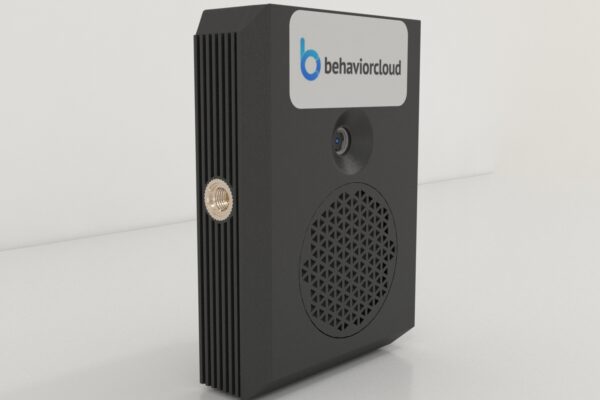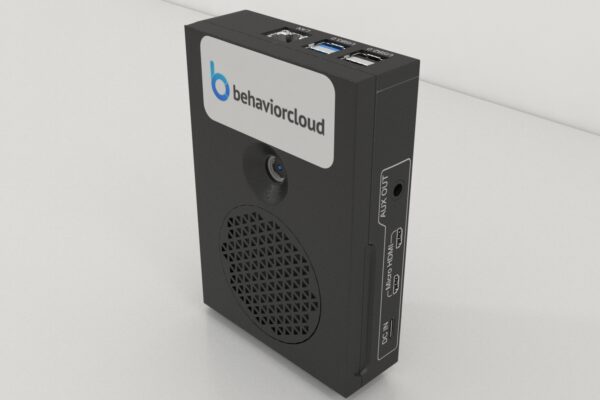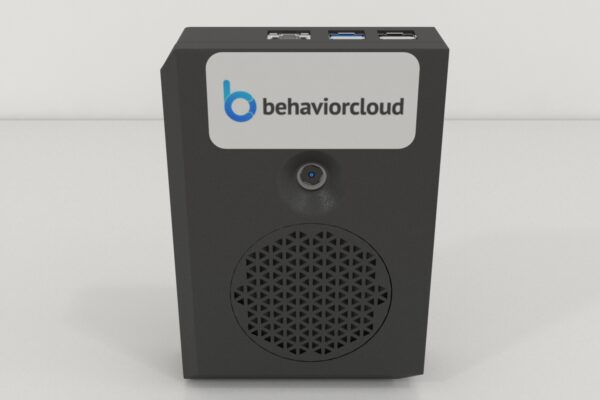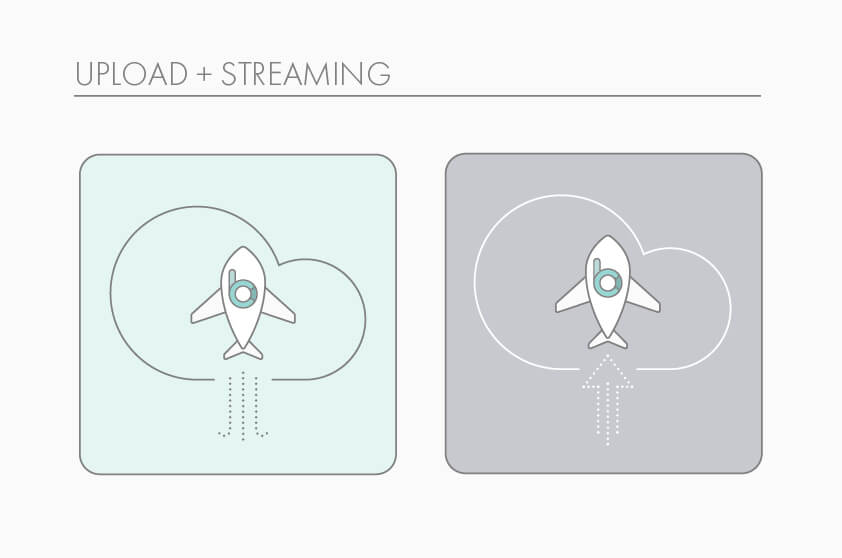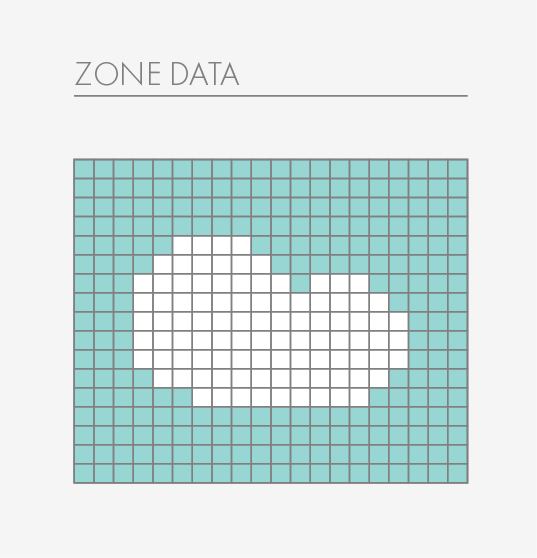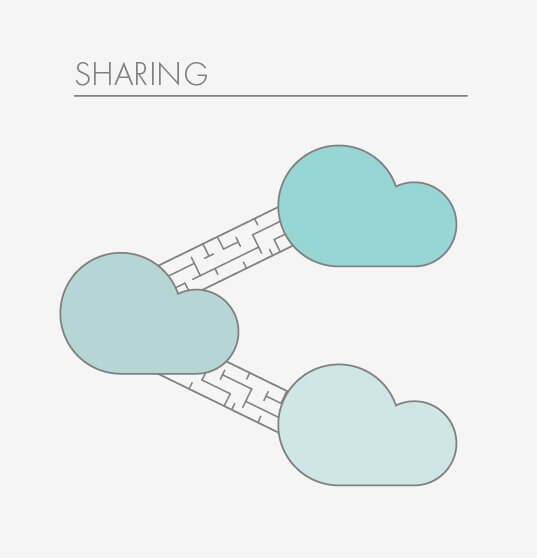BehaviorCloud
MazeEngineers
BehaviorCloud Subscription
$1249
/year
- Fully automated video tracking
- Manual scoring tools
- Collaboration and data sharing
- Private, secure cloud-based data storage
- Unlimited analysis and reanalysis
Multi-Year Basic Subscription
$990
/Year (Must purchase 3+ years.)
- 3 years BehaviorCloud
- 500 hours of recorded/uploaded data/ year
- Fully automated video tracking
- Manual scoring tools
- Collaboration and data sharing
- Private, secure cloud-based data storage
- Unlimited analysis and reanalysis
Commercial/Custom Lab Pricing
- Large labs or needs
- Contract Research Organizations
- Pharma or biotech labs
- High-throughput testing
- Bulk pricing
- Custom assays
- Contact Us For More Information
BehaviorCloud Video Bundle
1-year Subscription
$1800
/year
- Price per year
- Includes BehaviorCloud Camera device
- One-year Basic Subscription
- Ceiling / Floor mount
*There will be additional shipping charges outside of the domestic US.
2 years Subscription
$3040
/Year
- Price per 2 years.
- Includes BehaviorCloud Camera device
- Two-year basic subscription
- Ceiling / Floor mount
*There will be additional shipping charges outside of the domestic US.
3+ years
$1541
/year
- Price per year
- $990 per year (3+ years) + $551 hardware
- Includes BehaviorCloud Camera device
- Ceiling / Floor mount
*There will be additional shipping charges outside of the domestic US.
The Behavior Cloud Camera
- Onboard storage: 8Gb
- Connectivity: Ethernet and Wifi
- Power: 5v 1.0 a via USB C (included)
- Mounting: Standard camera mount
- IR compatible: Capable with illuminator (not included)
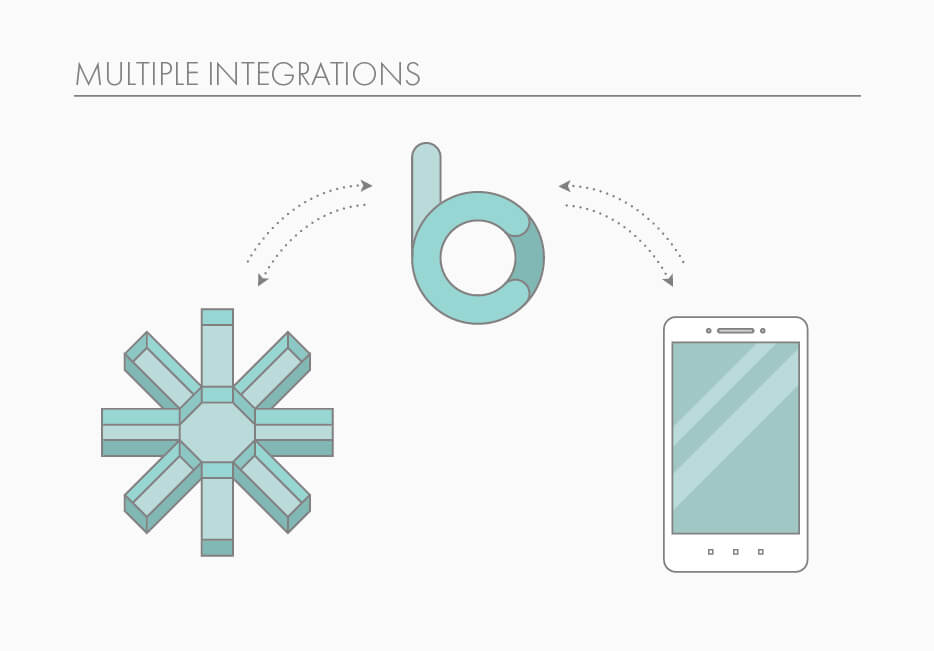
Multiple Integrations
BehaviorCloud and MazeEngineers integrate to provide one cohesive, end-to-end experience for efficiently running behavioral testing and analysis-- whether you're capturing video, beam data, telemetry or all of the above.
Introduction
Remote, home, and hybrid work has become a norm and will likely continue to be in the future. To assure efficient and productive collaboration, the need for simple yet secure data sharing has become of the utmost importance for academic and clinical researchers, those in Biopharma, CROs, and their teams. Good laboratory practice has never been easier with BehaviorCloud for efficient data and record collection, analysis, and sharing on a unified cloud platform. As opposed to traditional mediums of collection and analysis that is usually limited to a single device/system, BehaviorCloud allows for remote access to your experiments and your data, increasing research productivity and efficiency. Data collection can be collected from previous data or performed in real-time via live streaming with high-throughput capabilities to utilise as many data streams as you have available. By using a secure cloud-based system, researchers can collect data or input records, collaborate, and share data anytime and anywhere without the worry of security breaches. Furthermore, BehaviorCloud is compatible with Android and iOS mobile devices and can be used on multiple devices such as desktop, tablet, and mobile. On top of the shareability and connectivity features, the platform allows researchers to take full advantage of cloud data streaming and storage.
In addition to live streaming of your experiments, BehaviorCloud also offers the option of automated behavior tracking of animal and insect movements. Tracked behaviors of tasks using apparatus such as Elevated Plus Maze, Open-Field Test, Morris Water Maze, and Y-Maze can then be used to generate a range of data such as average velocity, number of visits, and latencies. For more complex behaviors such as nesting and walking, the platform comes equipped with an augmented manual scoring feature. In many cases, no additional equipment is required in order to use BehaviorCloud and you can get started in minutes from home or the laboratory.
BehaviorCloud has been trusted to manage the data of major academic institutions such as Harvard University, Stanford University, Okayama University, and Ohio State University and research institutes such as NASA, The Salk Institute for Biological Studies, SRI International, and Zafgen.
BehaviorCloud Set-up
Register with BehaviorCloud to create a secure cloud-based account for your research needs at home or on-site. BehaviorCloud has the capacity to function on multiple devices such as desktop, mobile, or tablet. To use BehaviorCloud live streaming in your facility, power on your BehaviorCloud camera and add the device to your BehaviorCloud account via ethernet or to your wireless network. Once configured, the camera, which includes 8GB of storage capacity, can be used to begin video capture of short- or long-term behavioral tasks without any intervention. Captured footage is streamed straight to your BehaviorCloud account. The BehaviorCloud camera is also night vision capable and compatible with all standard IR illuminators for experiments in low and no light conditions. The BehaviorCloud camera is available to purchase alone, as part of the camera equipment bundle, and included in the BehaviorCloud starter package.
Maze Compatibility
The BehaviorCloud system is compatible with most rodent behavioral mazes and apparatuses including
· Barnes Maze· Elevated Plus Maze· Forced Swim Test· Morris Water Maze· Open Field Test |
· Radial Arm Maze· Sociability Chamber· T-Maze· Y-Maze· Zero Maze |
Best Practices
In order to take full advantage of BehaviorCloud, the following practices are recommended,
- Ensure that the experimental set-up is well lit and in focus of the camera.
- For experiments that require dim light or darkness, the use of red light or infrared-light source (based on device specifications) is recommended to capture clear videos.
- Ensure that the experiments are recorded in a low traffic area to avoid shadows or other interferences from affecting the tracking or behaviors of the subjects.
- Ensure all cameras are securely mounted/fixed, so they do not shift during recordings.
- Ensure that the apparatus is maintained in a fixed position to avoid data discrepancies.
- Ensure all your connected devices have access to a stable internet connection and power source.
- A wide-angle lens is recommended for close up videos to achieve the desired field of view.
Strengths and Limitations
BehaviorCloud allows researchers and their teams to take advantage of a unified cloud system for their research needs. The cloud-based platform provides researchers with ample data storage capacity, fully included in the subscription. This provides high-throughput data collection with allowances for multiple data streams while ensuring the security of the data. Further, the BehaviorCloud enables remote, on-site, and at home participation and collaboration on the same platform. These features allow easy sharing and collaboration of experimental data and records across laboratories and observation of experiments via internet enabled devices including mobile phones, desktop, and tablets.
BehaviorCloud is easy to set-up and ready to use within minutes. The platform has an intuitive, user-friendly interface with minimal learning curve. All Internet-enabled devices in the laboratory can be connected to the platform and remotely controlled. BehaviorCloud is compatible with most camera devices. BehaviorCloud behavior tracking software allows for the tracking of behaviors in both live and pre-recorded videos. Additionally, data can also be analyzed manually on BehaviorCloud.
Advantages
- The Laboratory Notebook:
The Lab notebook stores all your data in one place, from raw to completed data sets. Every version of each dataset is saved and tagged. Each experimental process is tracked, accountable, and repeatable. Good laboratory practices are easier than ever with BehaviorCloud.
- Connect Instruments
Bridge technology connects your existing lab equipment to the cloud to enable remote control of experiments and real-time data streaming directly into your account. This makes the process of collecting and analyzing multidimensional data for high-throughput studies easier.
- Built-in Analysis Suite
Built-in analysis and visualization tools are provided for all compatible data collection sources, including photobeam activity systems, video-based activity/ behavior tracking, and manual behavioral coding.
- Collaboration and Sharing
You are in control of your own data with permissions management which provides the option to invite collaborators to view, comment, and contribute to an experiment. Management of your project is even easier with the ability to oversee progress, assign responsibilities, and transfer projects from one team member to another.
- Secure Data Storage
With all your data and progress backed-up on the cloud, worries of losing you data are forgotten. We adhere to the strictest industry security standards to protect your data. Information security studies (should we cite this?) show data is safer on the cloud than stored locally.
Points to keep in mind
Video tracking can be affected by the camera quality. Appropriate lighting set-up must be used to obtain a clear video. It is recommended that the recordings be performed in a low traffic area to avoid any interference from affecting the video recording or the subject’s performances. A wide-angle lens may be required for close-up videos to cover the desired area of recording. The positioning of the cameras and the apparatuses that are recorded should be constant throughout the recording to avoid data discrepancies.
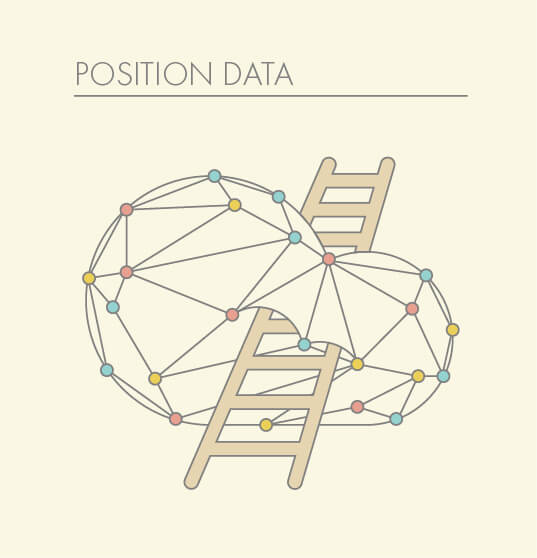
Track
BehaviorCloud can automatically analyze your videos to produce reliable positional data for maze and cage-based tests, as well as downstream variables such as distance traveled, average velocity, zone entries and more.
Live Recording Using BehaviorCloud
- Log-in to your BehaviorCloud account on all the devices being used for the experiment.
- Position and securely mount/fix cameras ensuring the tracking boundary is as tight as possible to the maze to exclude any extraneous movements.
- Using the device set for controlling the experiments, open the BehaviorCloud account in the browser and click My Tests in the left-hand menu. Create a new experiment by clicking the ‘+’ (plus sign) at the bottom right-hand corner of the screen.
- Enter the Experiment Name and short description (optional) and select the Automated Video Tracking option from the drop-down menu.
- Click Run a Live Test to get directed to the experiment page.
- On the experiment page, click Calibration to initiate distance calibration. Place the printed calibration pattern into the maze in full view. Using the drop-down menu select the camera device to initiate distance calibration. Click Next to save and apply the distance calibration to the entire experiment.
- Following distance calibration, on the experiment page click Experiment Video and click the ‘+’ (plus sign) to add a new trial.
- Using the drop-down menu select the desired recording device and enter the Subject ID and the trial length in seconds. Click the arrow on the clear arena prompt to advance to the next screen. Click the arrow on the insert subject prompt after placing the subject to begin trial recording.
- Trials will terminate as per the values entered, and a new prompt for the next subject will appear.
Uploading Video Files for Video Tracking
- Log-in to your BehaviorCloud account and click My Test in the left-hand menu. Create a new experiment by clicking the ‘+’ (plus sign) at the bottom right-hand corner of the screen.
- Enter the Experiment Name and short description (optional) and select the Automated Video Tracking option from the drop-down menu.
- Choose the Upload Existing Data to get directed to the experiment page and upload the videos. Click Experiment Video to upload files individually or in bulk by dragging and dropping.
- On the experiment page, click Calibration to initiate distance calibration. Using the tools provided draw a line of known length on the preview image. Enter the values for the lines in centimeters. Click
- Click on the uploaded video and a tool for specifying timestamps will appear. Using the top slider set the timestamp for the background image when the arena is clear. Click Set Cleared Timestamp. Next, using the bottom slider set the timestamp for when the animal is inserted, and tracking should begin. Click Set Inserted Timestamp. Click Save and Finalize.
Data Analysis Using BehaviorCloud
- Log-in to your BehaviorCloud account and click My Test in the left-hand menu.
- On the experiment page, click Experiment Video to play back video or download raw video files as .mp4 files.
- On the experiment page, click Tracking Boundary to set area to be tracked. Using the shape tools provided cover the maze area and click Save. (Optional but recommended)
- Following setting of tracking boundary, on the experiment page select Raw Position Data to generate raw tracked data for the experiment. Tracked video data and locomotion path of the animal can be viewed and/or downloaded by clicking on the individual subjects once the analysis is complete.
- On the experiment page, set the zones of the maze by selecting Zone Maps. Enter the names for each zone and click Save. (Optional)
- For data analysis, on the experiment page select one of the following four options
- Activity Analysis: Generates unzoned activity data.
- Zoned Activity Analysis: Generates activity data broken into zones, according to the zones specified in Zone Maps.
- Zoned Sequence Analysis: Lists the zones entered in order of entry.
- Spontaneous Alternation: Calculates percent spontaneous alternation in three-arm mazes like Y-maze or T-maze.
A prompt to segment the trial into time bins will appear before generation of analyzed data. Values can be entered in seconds, or the field can be left black.
- Analyzed data can be downloaded as a .csv file and imported directly into a data visualization program or statistical analysis software.
Raw Output Variables
| Raw Position Data | ||
|
time
|
: | An ISO8601 formatted date and time stamp |
|
xcoordinate
|
: | X coordinate of the subject relative to the upper left corner of the video, in microns |
|
ycoordinate
|
: | Y coordinate of the subject relative to the upper left corner of the video, in microns |
| Activity Analysis | ||
|
totaltime
|
: | Total test time in seconds |
| ambulatorytime | : | Total time the subject was moving, in seconds |
| distancetraveled | : | Total distance traveled, in cm |
| averagevelocity | : | Average velocity, in cm/s |
| starttime | : | The start time of trial as an ISO8601 formatted date and time stamp |
|
restingtime
|
: | Total time the subject was resting, in seconds |
|
endtime
|
: | End time of trial as an ISO8601 formatted date and time stamp |
| subject | : | Subject ID as provided by the user |
Zone Output Variables
| Zoned Sequence Analysis | ||
|
time
|
: | An ISO8601 formatted date and time stamp |
| zone | : | Zone name as provided by the user |
| subject | : | Subject ID as provided by the user |
| Spontaneous Alternation | ||
| spontaneousalternation | : | Percent alternation (number of triads / (number of arm entries – 2)) x 100 |
| starttime | : | The start time of trial as an ISO8601 formatted date and time stamp |
| endtime | : | End time of trial as an ISO8601 formatted date and time stamp |
| subject | : | Subject ID as provided by the user |
| Zoned Activity Analysis | ||
| totaltime | : | Total time spent in the zone, in seconds |
| latency | : | Amount of time to first enter a zone, in seconds |
|
ambulatorytime
|
: | Total time the subject was moving within the zone, in seconds |
|
zonename
|
: | Name of the zone as provided by the user |
| distancetraveled | : | Total distance traveled within the zone, in cm |
| averagevelocity | : | Average velocity within a zone, in cm/s |
|
starttime
|
: | The start time of trial as an ISO8601 formatted date and time stamp |
| zoneentries | : | Number of entries into the zone |
|
restingtime
|
: | Total time the subject was resting within a zone, in seconds |
| endtime | : | End time of trial as an ISO8601 formatted date and time stamp |
| subject | : | Subject ID as provided by the user |
Manual Scoring
Manual scoring in the BehaviorCloud can be performed on live videos as well as uploaded videos. For performing manual scoring on live videos
- Follow step 1 to 4 of Live Recording Using BehaviorCloud. In the last step select Manual Video Scoring in the drop-down menu for experiment type.
- On the experiment page, click Experiment Video. Set-up video recording by clicking the add icon at bottom right of the screen to record new subject.
- On prompt select the video streaming device and enter the subject ID and recording duration. Click the arrow to advance through the prompt screens to begin trial recording.
- Trials will terminate as per the values entered, and a new prompt for the next subject will appear.
For manual scoring using uploaded videos, the procedure will be the same as the Uploading Video Files for Video Tracking with the exception, instead of selecting the Automated Video Tracking option, select Manual Scoring option.
Following the video set-up follow the following steps to score the behaviors manually,
- On the experiment page, select Manual Scoring Configuration to set up behaviors to be scored.
- Click the add icon at the bottom right to add behaviors and their corresponding labels. Also, select if the event is timed (behaviors such as walking) or instantaneous (behaviors such as counting fecal boli).
- Group mutually exclusive behaviors by clicking the menu icon to the right of the behavior and selecting Group. Enter the Group Name and assign all relevant individual behaviors to their corresponding group. Follow the same process to ungroup behaviors.
- On the experiment page, select Manual Scoring Click Import Subject to bring all videos into the workspace. Click on the subject to playback the video. Score behaviors either by clicking a behavior from the list or using keyboard shortcuts. Behaviors can be deleted or edited on the timeline that appears under the video.
- Following completion of scoring, return to the experiment page and click Manual Scoring Analysis. Initiate analysis by clicking Generate Data.
- Individual subject data can be viewed in the browser or downloaded as a .csv file. Each behavior is also accompanied by the number of times the behavior occurred (count), the duration (total time), the beginning time of the first bout (latency), the beginning time of the last bout (last), and the behavior label and group ID.

